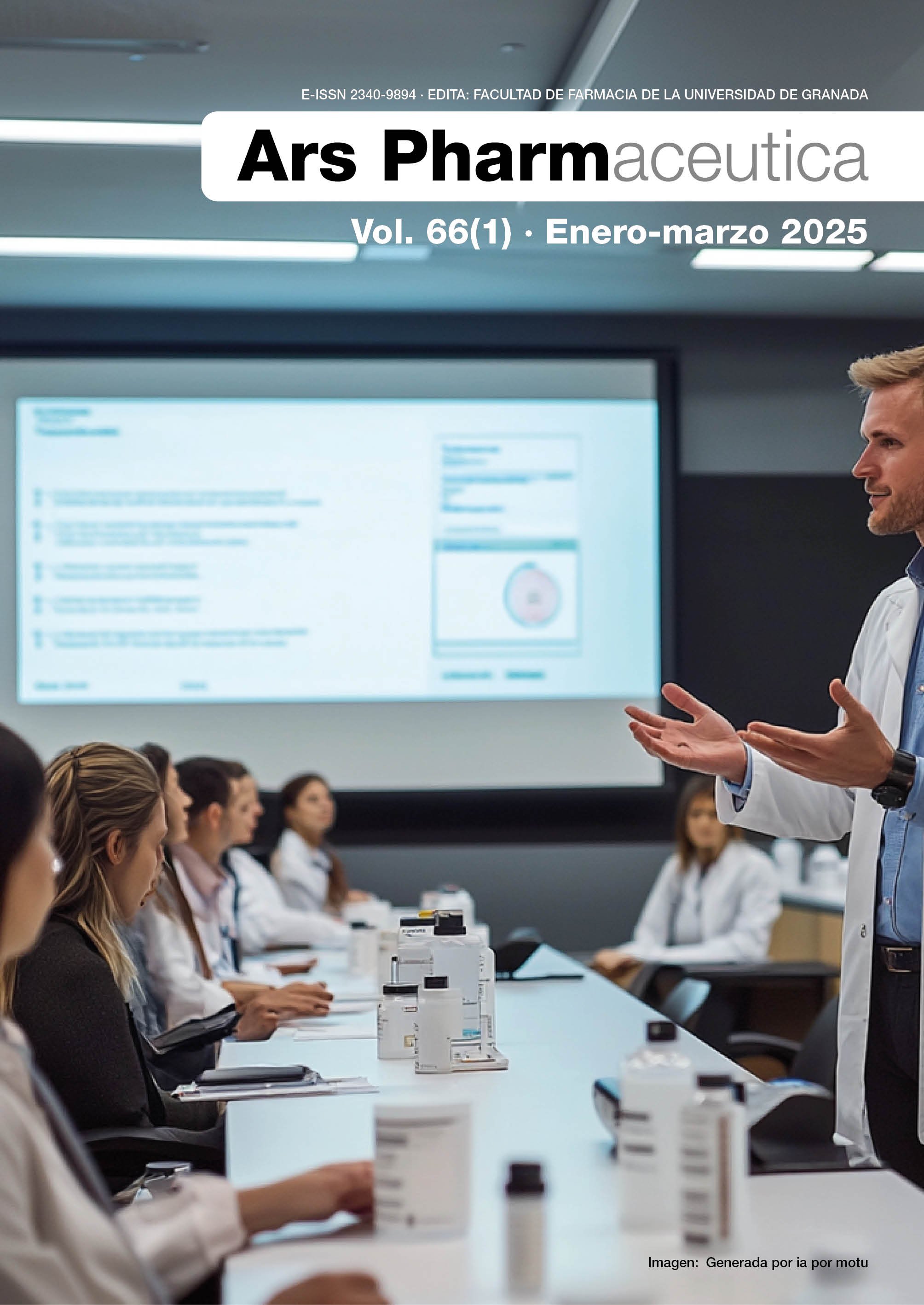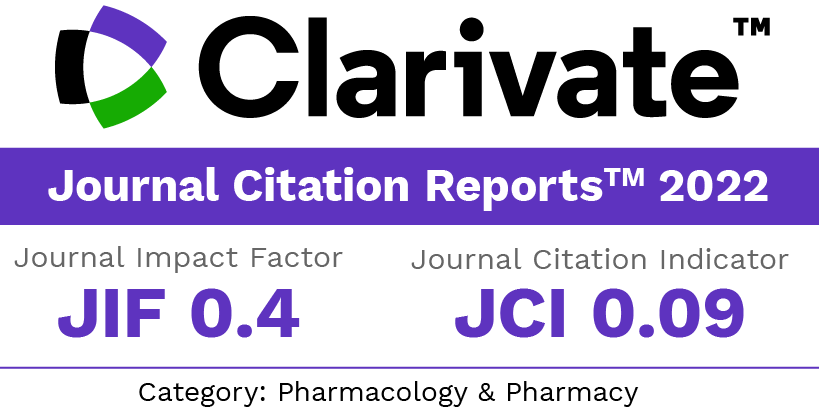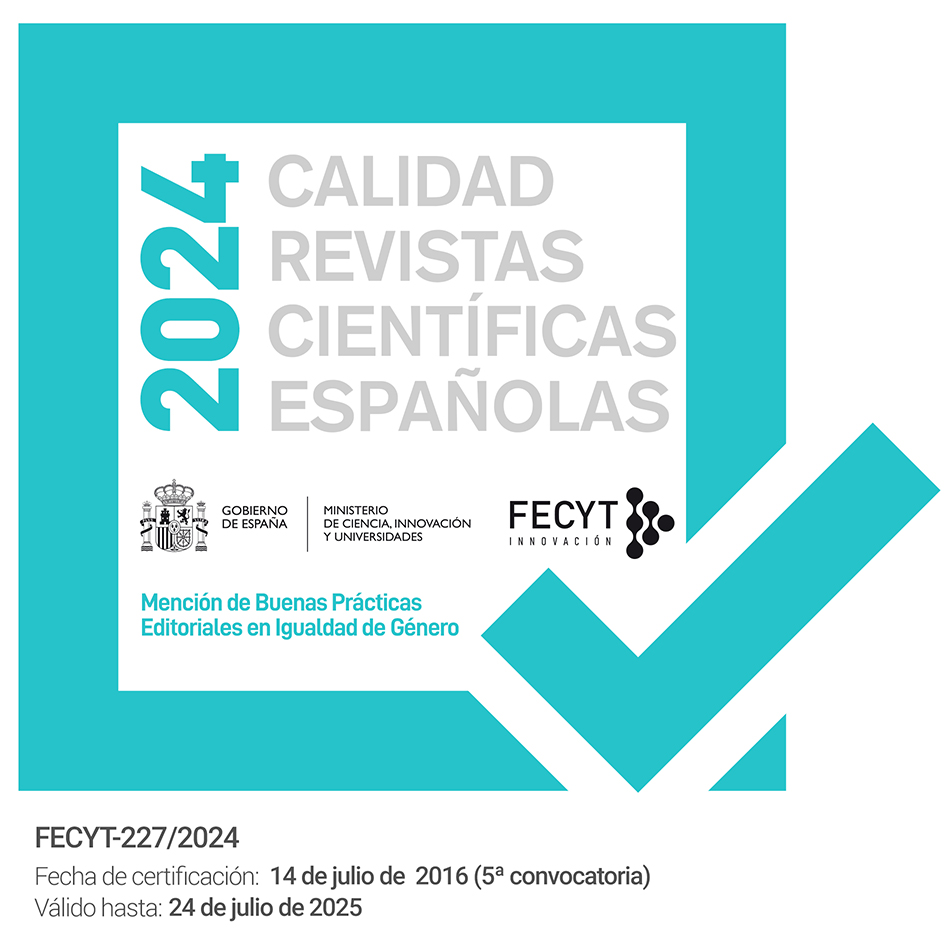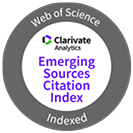Formulation, Development and Evaluation of Herbal Pediatric Edible Jelly for Cough
DOI:
https://doi.org/10.30827/ars.v66i1.31428Keywords:
Pediatrics, Edible jellies, Ocimum sanctum, Glycyrrhiza glabra, Adhatoda vasika, Elettaria cardamomum, Zingiber officinale, Mentha piperita, Eugenia caryophyllus, Cinnamomum zeylanicum, HoneyAbstract
Introduction: The children’s resistance to dosage regimens is one of the challenging issues in pediatric therapy. There are two significant issues with pediatric patients: a lack of self-drug administration skills and patient compliance. The medical characteristics of herbs have become increasingly important due to their lack of side effects, low cost, and biocompatibility.
Method: The herbs that will be used are Ocimum sanctum (Tulsi), Adhatoda vasika (Adulsa), Elettariacardamomum (Cardamom), Zingiberofficinale (Ginger), Mentha piperita (Peppermint), Glycyrrhiza glabra (Liquorice), Eugenia caryophyllus (Clove), Cinnamomum zeylanicum (Cinnamon), and Honey. The formulation were prepared by decoction method and evaluated.
Results: These herbs’ extracts show good antimicrobial activity against E. coli. The formulated jelly shows good appearance, pH, disintegration, and spreadability. We conduct a 6-month stability study on the formulated jelly. It has a good appearance and does not change pH. So, the formulated jelly can be stable for up to 6 months.
Conclusions: The data revealed that the optimized formulation had not shown any change in their appearance or pH. So, the formulated jelly can be stable for up to 6 months. The formulations exhibited excellent antimicrobial activity, which is suitable to administer to children as an alternative oral solid dosage form.
Downloads
References
Jahan Y, Mahmood T, Bagga P, Kumar A, Singh K, Mujahid M. Future prospects of cough treatment, herbal medicines v/s modern drugs. Int J Pharm Sci Res. 2015;6(9):1000-9. doi:10.13040/IJPSR.0975-8232.6(9).1000-09
Kumar M, Parihar S. A literature review on herbs used in cough medication. Sch Acad J Pharm. 2022;9:125-32. doi:10.36347/sajp.2022.v11i09.001 DOI: https://doi.org/10.36347/sajp.2022.v11i09.001
Shukla R, Kashaw V. Development, characterization and evaluation of poly-herbal ointment and gel formulation containing Nerium indicum Mill, Artocarpus heterophyllus Lam, Murraya koenigii Linn, Punica granatum Linn. J Drug Deliv Ther. 2019;9(2):64-9. doi:10.22270/jddt.v9i2.2381 DOI: https://doi.org/10.22270/jddt.v9i2.2381
Prasanthi NL, Nandini P, Manikiran SS, Ramarao N. Design and development of herbal pediatric edible jelly for anthelmintic infections. J Pharm Sci Res. 2019;11(6):2417-21.
Guiné R, Correia P, Florença S. Development of jelly gums with fruits and herbs: colour and sensory evaluation. Int J Agric Food Sci. 2018;6:340-9. Available from: http://hdl.handle.net/10400.19/5109
Doolaanea AA, Bahari AZ. Advantages of jelly over liquid formulations for pediatrics. J Formul Sci Bioavailab. 2017;1:102-3. DOI: https://doi.org/10.4172/2577-0543.1000102
Teixeira-Lemos E, Almeida AR, Vouga B, Morais C, Correia I, Pereira P, Guiné RP. Development and characterization of healthy gummy jellies containing natural fruits. Open Agric. 2021;6(1):466-78. doi:10.1515/opag-2021-0029 DOI: https://doi.org/10.1515/opag-2021-0029
Dombe S, Kirave P. Design and development of medicated jelly as preventative measure for cancer. J Pharm Sci Res. 2019;11(6):2475-8.
Patil SD, Gupta MJ, Kote KS, Rajendran R. Formulation of novel medicated jellies for treatment of mouth ulcer. Asian J Pharm Tech. 2019;9(4):241-3. doi:10.5958/2231-5713.2019.00039.4 DOI: https://doi.org/10.5958/2231-5713.2019.00039.4
Jadhao AG, Sanap MJ, Patil PA. Formulation and evaluation of herbal syrup. Asian J Pharm Res Dev. 2021;9(3):16-22. doi:10.22270/ajprd.v9i3.955 DOI: https://doi.org/10.22270/ajprd.v9i3.955
Patil AG, Mirajakar KJ, Savekar PL, Bugaditkattikar CV, Shintre SS. Formulation and evaluation of ginger macerated honey base herbal cough syrup. Int J Innov Sci Res Technol. 2020;5(6):582-8. DOI: https://doi.org/10.38124/IJISRT20JUN334
Gulhane NS, Ghode CD, Jadhao AG, Patil PA. Study of medicinal uses of Ocimum sanctum (tulsi). J Pharmacogn Phytochem. 2021;10(2):1427-31.
Prakash PA, Gupta N. Therapeutic uses of Ocimum sanctum Linn (tulsi) with a note on eugenol and its pharmacological actions: a short review. Indian J Physiol Pharmacol. 2005;49(2):125.
Pastorino G, Cornara L, Soares S, Rodrigues F, Oliveira MB. Liquorice (Glycyrrhiza glabra): a phytochemical and pharmacological review. Phytother Res. 2018;32(12):2323-39. doi:10.1002/ptr.6178 DOI: https://doi.org/10.1002/ptr.6178
Kumar Gupta S, Sharma A. Medicinal properties of Zingiber officinale Roscoe-a review. J Pharm Biol Sci. 2014;9:124-9. DOI: https://doi.org/10.9790/3008-0955124129
Ahmad S, Madhukar G, Maksood A, Mhaveer S, Tanwir AM, Husain AS. A phytochemical overview on Aadhatoda zyelanica medica A vasica (Linn.) nees. Nat Prod Rad. 2009;8(5):549-54.
Trevisan SC, Menezes AP, Barbalho SM, Guiguer ÉL. Properties of Mentha piperita: a brief review. World J Pharm Med Res. 2017;3(1):309-13.
White B. Ginger: an overview. Am Fam Physician. 2007;75(11):1689-91.
Fenwick GR, Lutomski J, Nieman C. Liquorice, Glycyrrhiza glabra L.—composition, uses and analysis. Food Chem. 1990;38(2):119-43. doi:10.1016/0308-8146(90)90159-2 DOI: https://doi.org/10.1016/0308-8146(90)90159-2
Błaszczyk N, Rosiak A, Kałużna-Czaplińska J. The potential role of cinnamon in human health. Forests. 2021;12(5):648. doi:10.3390/f12050648 DOI: https://doi.org/10.3390/f12050648
Nayak P, Kumar T, Gupta AK, Joshi NU. Peppermint a medicinal herb and treasure of health: a review. J Pharmacogn Phytochem. 2020;9(3):1519-28. doi:10.22271/phyto.2020.v9.i3y.11525 DOI: https://doi.org/10.22271/phyto.2020.v9.i3y.11525
Patil SJ, Surana KR, Mahajan SK. Quantification of active phytoconstituents in ethanolic extract of Mentha piperita by modern analytical tools. Res J Agril Sci. 2024;15(3):615-21.
Patil SJ, Surana KR, Mahajan SK. In vitro antimicrobial and antifungal activity of Mentha piperita active phytoconstituents. Res J Agril Sci. 2023;14(6):1875-7.
Abidi S, Imam S, Tasleem F, ZehraRizvi SR, Salman S, Gilani U, Mahmood ZA. Formulation and evaluation of natural antitussive cough syrups. Pak J Pharm Sci. 2021;34(5):1707-13. doi:10.36721/PJPS.2021.34.5.REG.1707-1713.1 DOI: https://doi.org/10.36721/PJPS.2021.34.5.REG.1707-1713.1
Panda P, Sahu A. Formulation and evaluation of herbal cough syrup. Asian J Pharm Res Dev. 2023;11(2):28-33. doi:10.22270/ajprd.v11i2.1234 DOI: https://doi.org/10.22270/ajprd.v11i2.1234
Almurisi SH, Doolaanea AA, Akkawi ME, Chatterjee B, Ahmed Saeed Aljapairai K, Islam Sarker MZ. Formulation development of paracetamol instant jelly for pediatric use. Drug Dev Ind Pharm. 2020;46(8):1373-83. doi:10.1080/03639045.2020.1791165 DOI: https://doi.org/10.1080/03639045.2020.1791165
Sonawane VN, Suryawanshi KG, Wagh KH, Sonawane SL, Sonar AD, Sakle SJ, Sonawane DD. A comparative study of dissolution profiles on various brands of diclofenac sodium prolonged release tablet formulation. Prog Chem Biochem Res. 2023;6(4):341-55. doi:10.48309/pcbr.2023.410170.1271
Downloads
Published
How to Cite
Issue
Section
License
Copyright (c) 2024 Khemchand Surana, Vaishali Sonawane, Chaitali Yeola, Jayesh Musale, Sunil Mahajan, Deepak Sonawane, Vijayraj Sonawane, Raj Keservani

This work is licensed under a Creative Commons Attribution-NonCommercial-ShareAlike 4.0 International License.
The articles, which are published in this journal, are subject to the following terms in relation to the rights of patrimonial or exploitation:
- The authors will keep their copyright and guarantee to the journal the right of first publication of their work, which will be distributed with a Creative Commons BY-NC-SA 4.0 license that allows third parties to reuse the work whenever its author, quote the original source and do not make commercial use of it.
b. The authors may adopt other non-exclusive licensing agreements for the distribution of the published version of the work (e.g., deposit it in an institutional telematic file or publish it in a monographic volume) provided that the original source of its publication is indicated.
c. Authors are allowed and advised to disseminate their work through the Internet (e.g. in institutional repositories or on their website) before and during the submission process, which can produce interesting exchanges and increase citations of the published work. (See The effect of open access).























